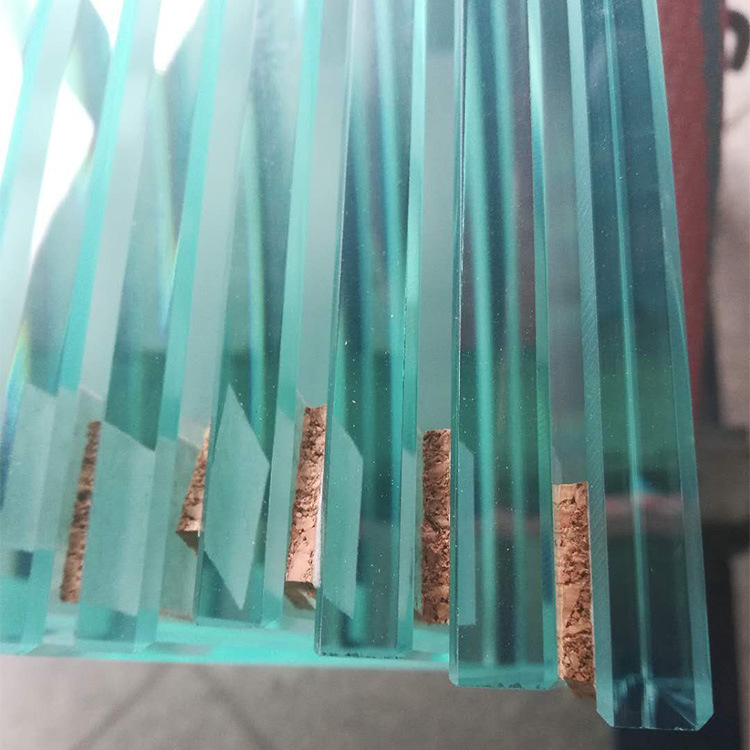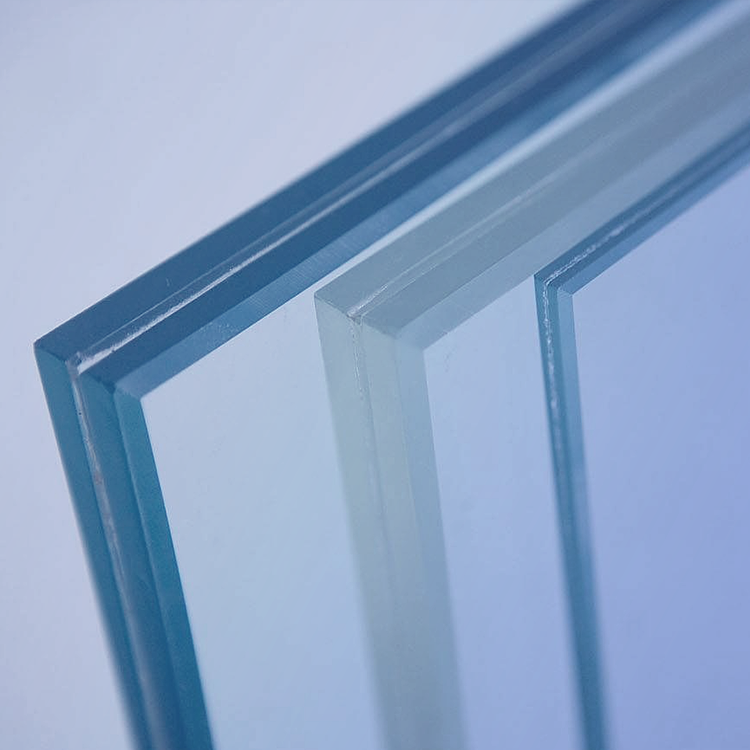As the world becomes increasingly aware of the importance of conserving energy and reducing emissions, it should come as no surprise that new buildings are constructed using materials that help achieve these goals. One such material is low-e glass, which has significant energy-saving and emission-reducing benefits.
Low-e, or low-emissivity glass, is glass with a thin coating of metal oxides that help reflect heat while still allowing light to pass through. This makes it ideal for windows in buildings, as it helps keep buildings cool in summer and warm in winter. By reducing the need for heating and cooling, low-e glass can significantly reduce a building’s energy consumption and, in turn, its carbon footprint.
In addition to the energy-saving benefits, low-e glass provides excellent insulation and can help keep buildings quieter by reducing external noise. This makes it an attractive option for new construction as it can contribute to a comfortable and sustainable living or working environment.
But low-e glass isn’t just for new construction, it can also be retrofitted to existing buildings to help improve energy efficiency. This is good news for older buildings that were not originally designed with energy efficiency in mind. By installing low-e glass, these buildings can achieve significant energy savings, making them more sustainable and cost-effective in the long run.
Another advantage of low-e glass is that it can help reduce the amount of ultraviolet (UV) light entering a building. Over time, UV rays can damage furniture, floors, and other interior surfaces, causing premature wear. By filtering out harmful UV rays, low-e glass helps extend the life of these materials, saving homeowners replacement costs.
In addition to providing benefits to homeowners, low-e glass also helps reduce the overall environmental impact of building construction and operations. By reducing energy consumption and emissions, buildings with low-e glass help create a cleaner, healthier environment for people and wildlife. This is becoming increasingly important as the world works to mitigate the effects of climate change and limit its impact on future generations.
In conclusion, Low-E glass is an excellent choice for new construction or retrofitting existing buildings. Its ability to increase energy efficiency, provide insulation and noise reduction, filter harmful UV rays and promote environmental sustainability makes it an attractive option for building owners and designers alike. By incorporating low-e glass into building design, we can help create a more sustainable and liveable world for all.
Post time: May-30-2023





